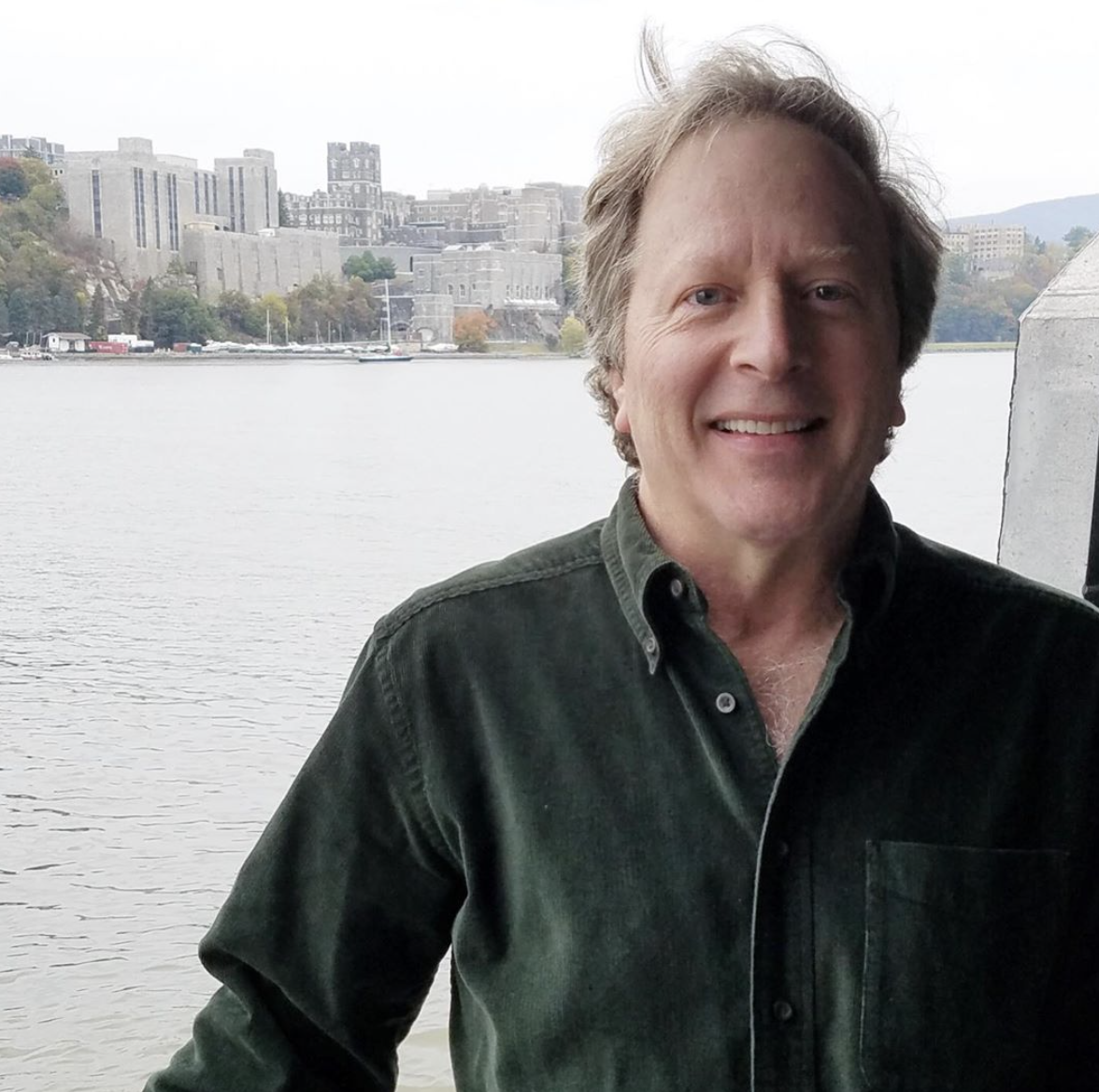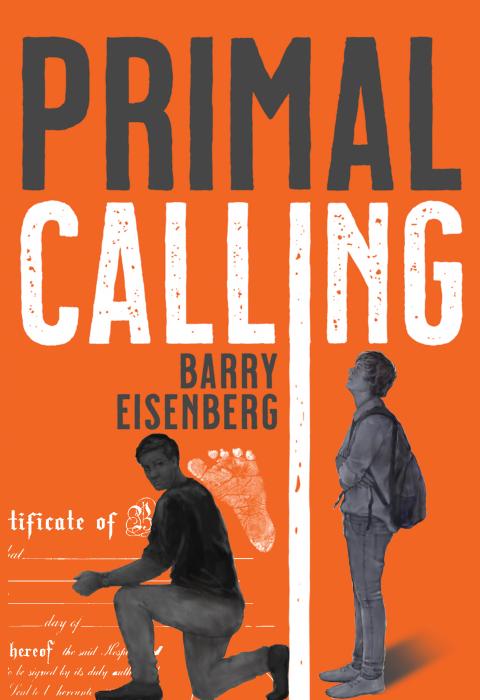Learning from the return of the cicadas
Last week, I read an article in The NY Times about cicadas, now emerging in various parts of the country after having been buried deep beneath the soil for seventeen years. According to the article, cicadas have an undeservedly bad reputation, often mistaken for locusts bent on destruction. Actually, cicadas are harmless and, in fact, are not even related to locusts. Once above ground, their only goal is to mate. A couple of days after reading about the cicadas, I met some colleagues in the New York Botanical Gardens in the Bronx for a work/social visit. It was a perfect spring day, and with the magnificent weather and the relaxing of COVID-related restrictions, the gardens were brimming with visitors. There’s something about the cicadas that helped me to appreciate what I observed that day.
As February of 2020 gave way to March and April, when we became fully immersed in the pandemic’s grip on every facet of life, we began to wonder if life would ever return to “normal.” Or, perhaps, there would be some “new normal,” its shape and look impossible to foresee. Coping with the dread of fellow citizens perishing at incomprehensible rates involved giving in to some lightness. Thus, there was the odd juxtaposition of horrifying news accounts about Covid victims with memes of Zoom meetings showing guys in collared shirts and ties waist-up and underwear and bare legs waist-down. And, by the way, it didn’t take but a couple of months for that joke to fizzle as Zooming transformed from a novelty into a routine part of our everyday lives.
Back then – it seems like yesterday and, at the same time, a million years ago – as we were forced to adapt to the world having gone topsy turvy, we also struggled to conceive what the future held for human contact once we would be liberated. Mantras dichotomized into “return to normal” vs. “new normal” speculation We were consumed with questions about how we might balance our need for connection with a need for safety? Will we ever completely let our guard down? Will new contactless greeting rituals replace hugs and handshakes? What will be the fate of human interaction?
Predictions by scientists on the impending obsolescence of physical contact abounded. Beth Thielen, a physician-scientist at the University of Minnesota Medical School observed, “There are cultures around the world where shaking hands is not the predominant mode of greeting, and from an infectious disease doctor’s standpoint and a public health standpoint, I think bowing or waves or even the elbow bumps that people are doing are healthier ways to avoid spreading infection.” "We're going to see a lot less hugging in the future,” asserted Gail Saltz, an associate professor of psychiatry at New York-Presbyterian Weill Cornell Medical College. Even Dr. Fauci weighed in with advice that sounded hardly circumspect: “I don’t think we should ever shake hands ever again. We’ve got to break that custom. Because as a matter of fact, that is really one of the major ways that you can transmit a respiratory illness.”
A few weeks ago, Amy and I met close friends at Fanny Reese State Park in upstate New York. Strikingly scenic, the park sits on the east bank of the Hudson River, with a trail leading to a walkway over the river. Fanny Reese was a conservationist, having devoted her life to protecting natural resources. While we speculate about where the world is headed, it felt comforting to be in a place that honored someone committed to preserving the splendor of the environment and celebrating its history.
We hadn’t seen those friends in person for well over a year. By the time of our visit, we were all fully vaccinated. Upon greeting, we elbow-bumped. It was both expected and awkward. Could it presage the inevitability of our warmer greeting customs falling into the dust heap of history? Three hours later, as we were parting, we hugged. It was spontaneous and organic.
A few days later, we met other friends, also fully vaccinated, for an outdoor dinner at a favorite restaurant in New Jersey. The exact same greeting and departure rituals occurred: elbow bumps at the outset, hugs at good-bye.

Then there was my day at the Botanical Gardens. I had assumed that getting onto the grounds would be a cinch; after all, it was a weekday, and to control the flow of visitors, all tickets were assigned specific entry times. But as I drove closer to the gardens, I saw that cones had been set up to block the entrance to a parking lot that was full and that visitors were being directed to another that had a long waiting line. The traffic seemed out of the blue, and yet, there was something almost exhilarating about it – the world was opening up! It was a strange sensation as I never thought I’d be anything but annoyed by sitting in traffic. Once through that entrance and having paid the parking fee, we were directed to one of the remote parking areas.
Finally meeting up with my colleagues, all fully vaccinated, and following our elbow-bump greeting, we walked to a nearby picnic area to share a pot-luck lunch. It was fascinating to see so many people milling about, wandering across a nearby field lush with greenery and flora, looking at their guide maps to chart their excursions through the premises. They were doing exactly what they would have been doing this time two years ago, only now wearing masks. And interestingly, masks have become so much a part of our attire as to not be noticed. At one point, a man stopped to ask if we had brought our own lunch or if food was available inside the grounds. It was a “normal” thing to ask, and he did so while respecting our new social distance standards. We’ve come to embrace distancing rules seemingly to the point that we practice them unconsciously.
Following lunch, we took a leisurely stroll through the gardens. The Perennial Gardens section is a visual delight, with spring buds on the verge of bursting into vibrant mosaics. The Enid A. Haupt Conservatory, a magnificent glass structure, is adorned with plants and trees from ecosystems as varied as rain forests and deserts.
When we said our good-byes, elbow bumps were replaced with hugs. What struck with me as I drove home was just how normal the day had been. So many people had come to visit the gardens on such an ordinary day. Everyone remained masked, and social distancing was respected. We had all managed to adapt. But these measures seemed especially small compared with the need to experience an ordinary day. Ordinary has become special.
We are not close to having a reasonable sense of what life will be like post-pandemic. The loss of life for so many families, the grieving, the isolation, the tragic disparities of who can get care easily and who cannot, the loss of a precious year for older people, the loss of a year of socialization for children, the coming to grips with where we fell short last year, the new ways of working – certainly, a grand scale of sorting out is in store.
No doubt we will look to those who study human behavior for insights into where we are headed. They can inform us as we frame the questions and search for answers. Their expertise will be vital as we seek a middle ground between a return to normal and a new normal, that yet-to-be-defined space that allows us hold on to what is near and dear while adopting all we learned about health, safety, justice, and new ways of communicating… “old normal” and “new normal” demarcated not by a partition, but by a blurred line that fades over time.
But let’s also be guided by the cicadas. They burrow their way up in the most seemingly improbable of circumstances, seeking the light of day after years of being deeply submerged. It is who they are, driven by a purpose to connect and a destiny that no obstacle can thwart.
And we, too, seem driven to something that no obstacle can prevent, even if it requires that we bend a little to get there. We crave closeness, togetherness, camaraderie, love. And, while we must be mindful of sensible approaches to safety, we’re governed by a passionate, innate drive to experience the world communally. That’s the poetry of being human. And no matter the darkness, we burrow our way toward light, unstoppably, to compose it.

